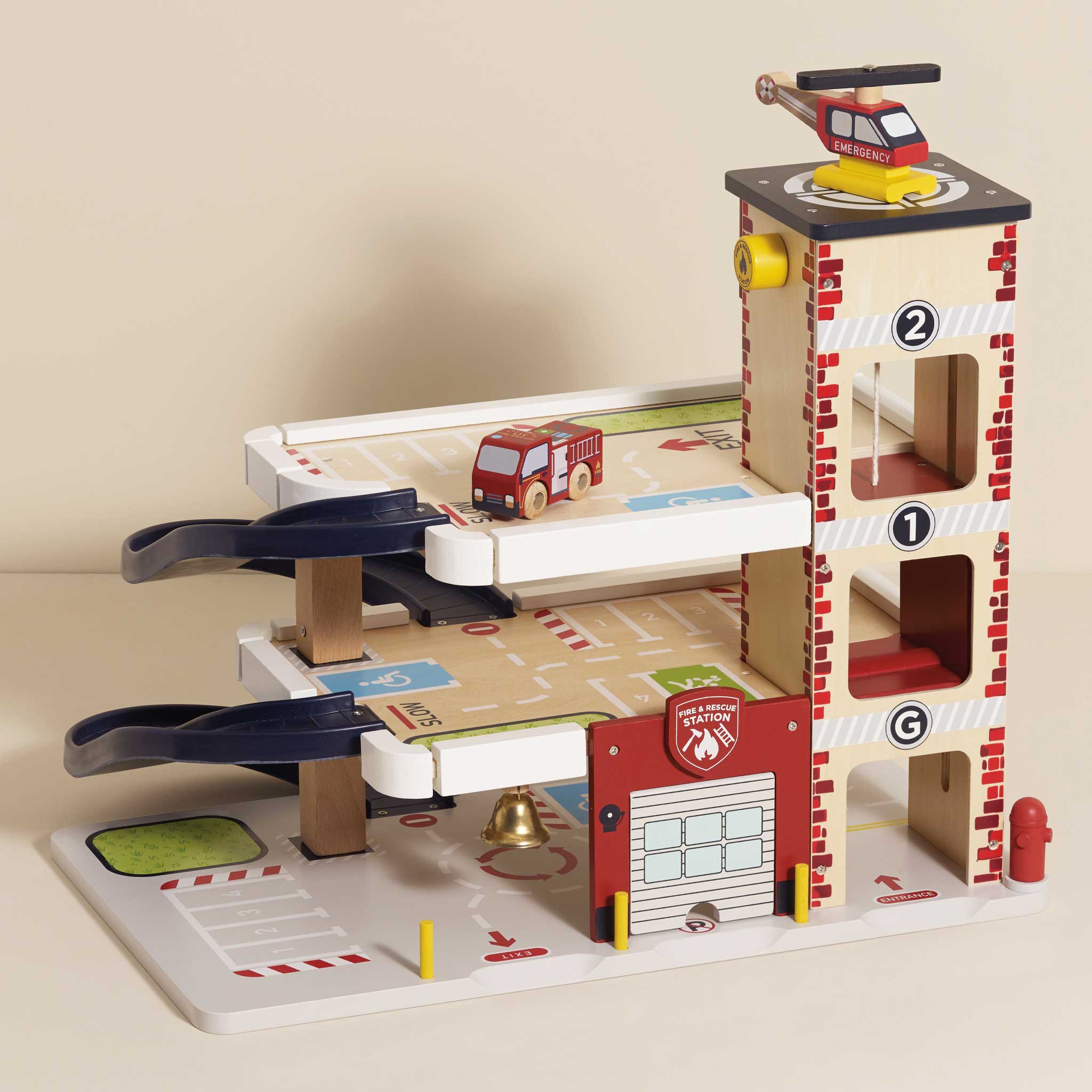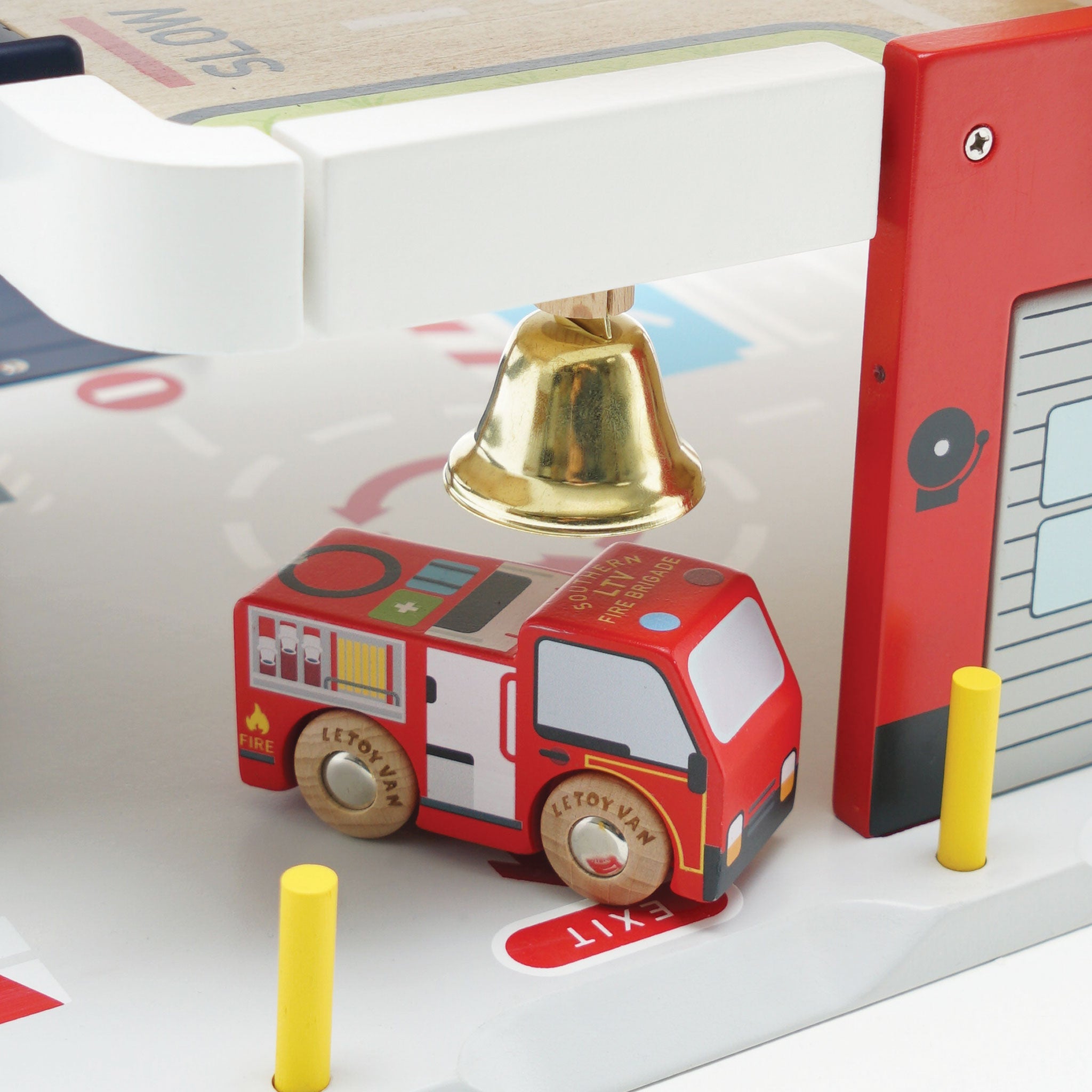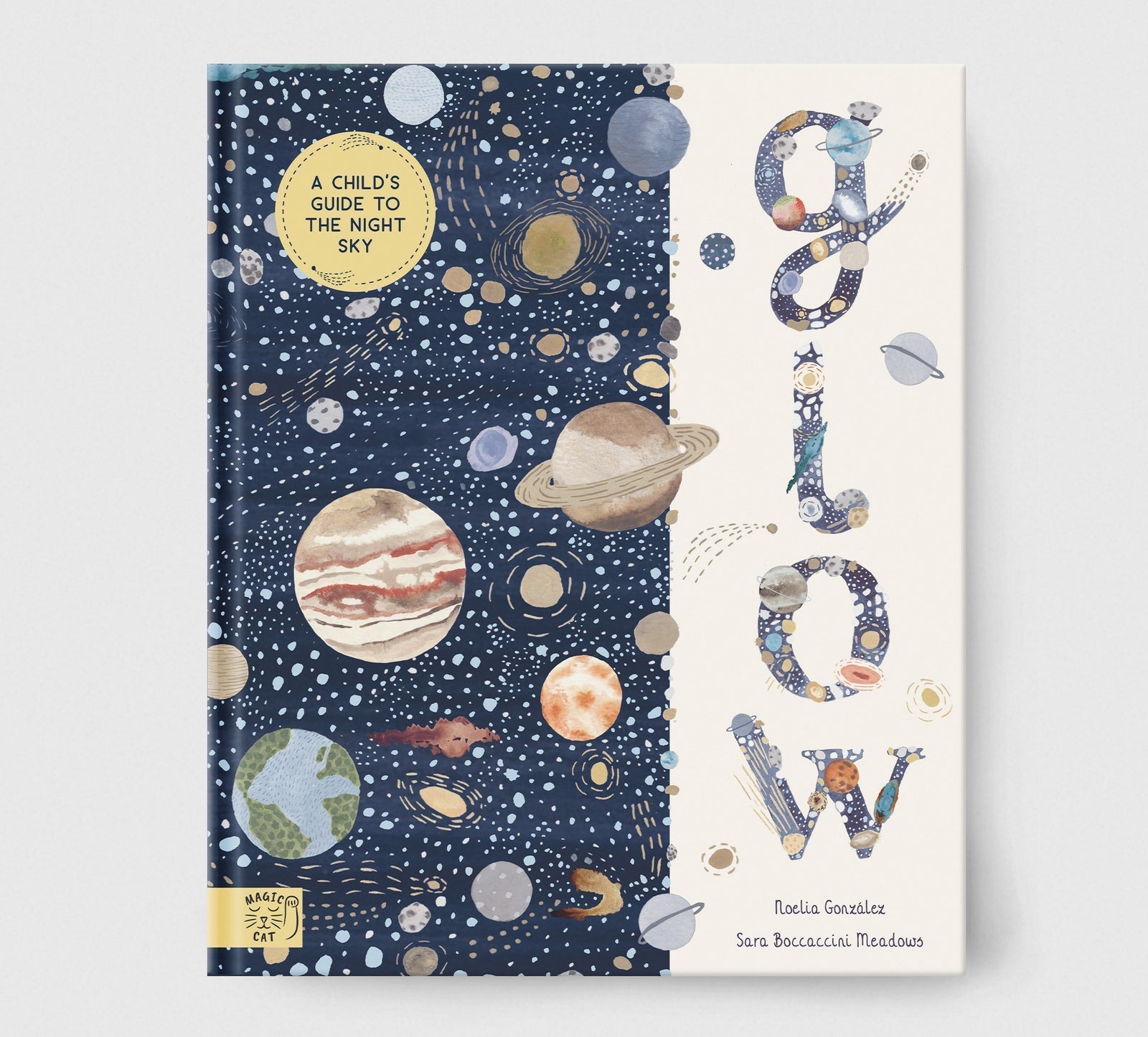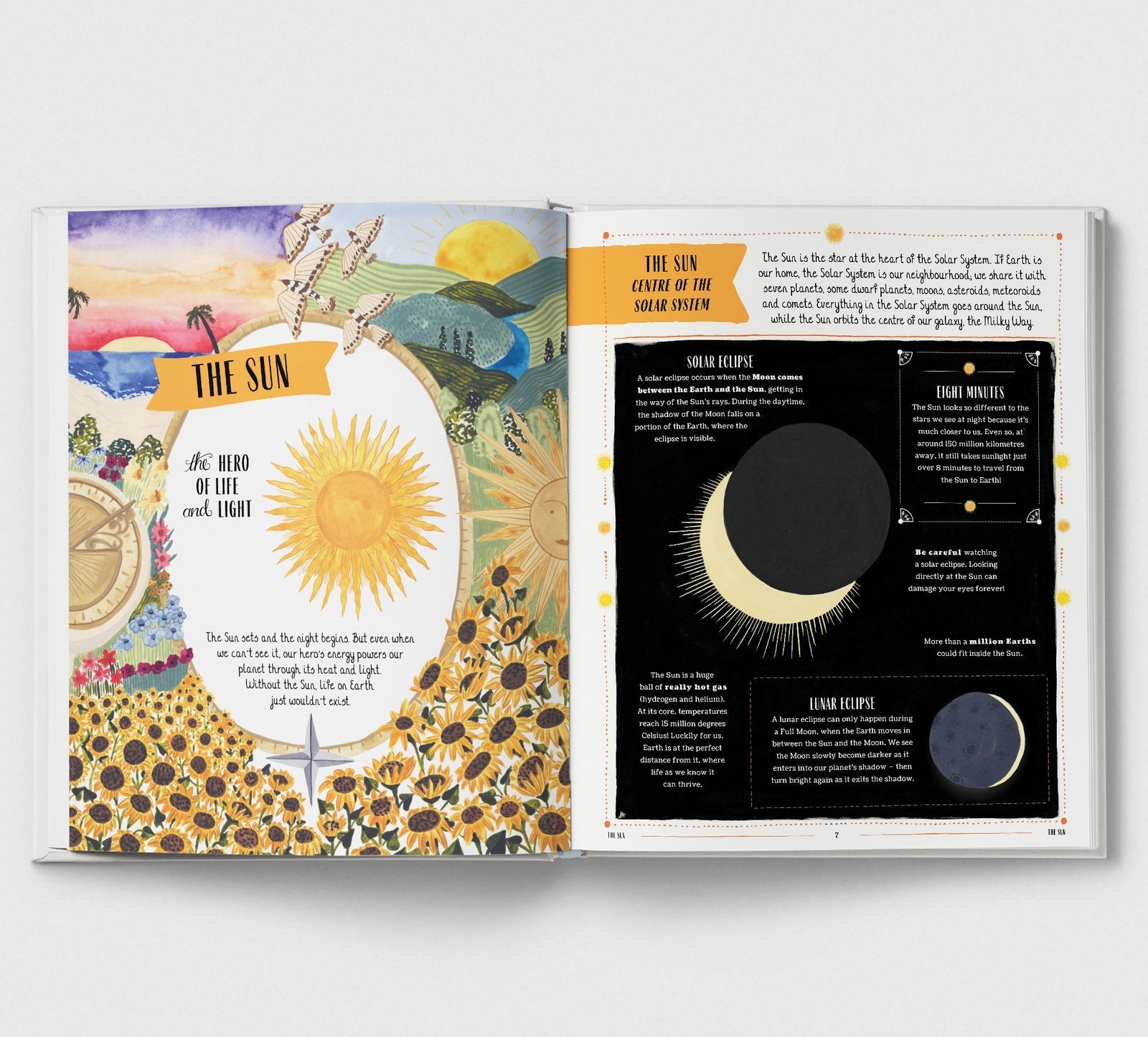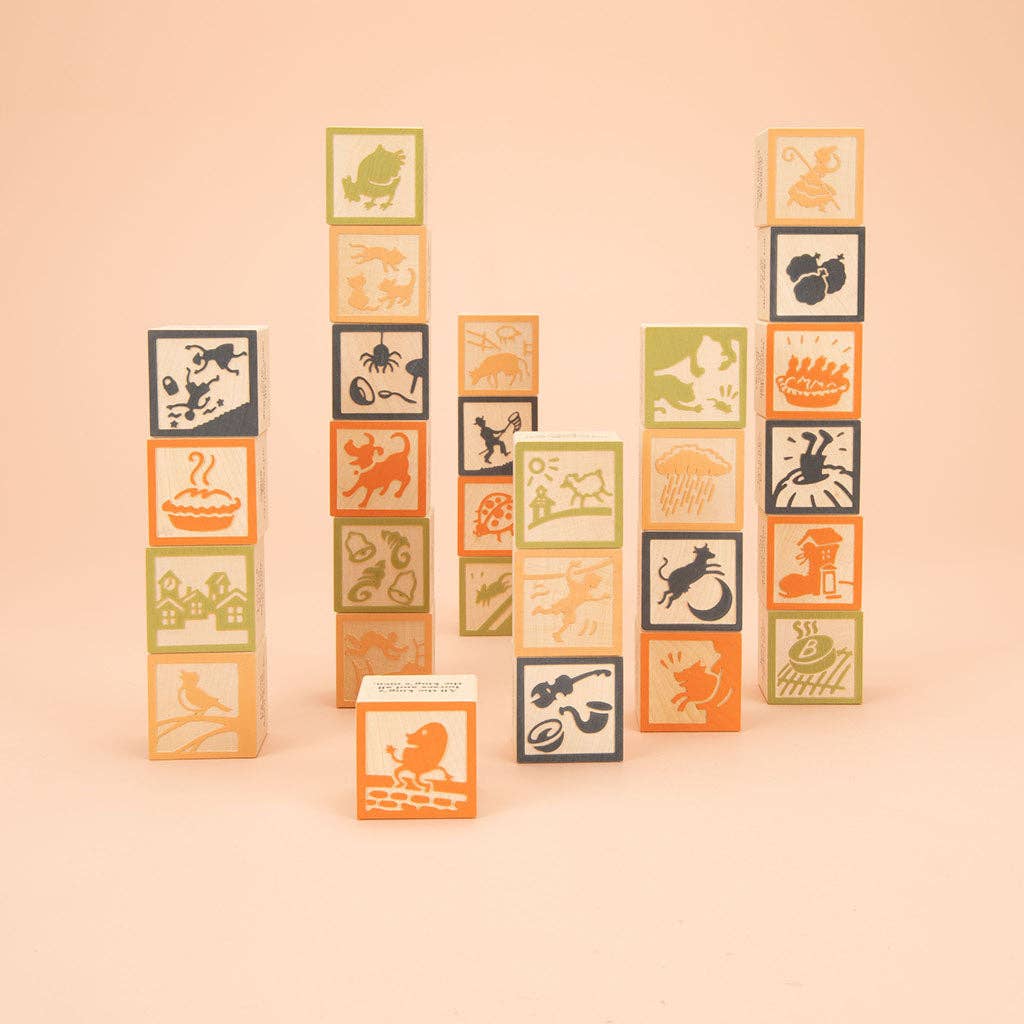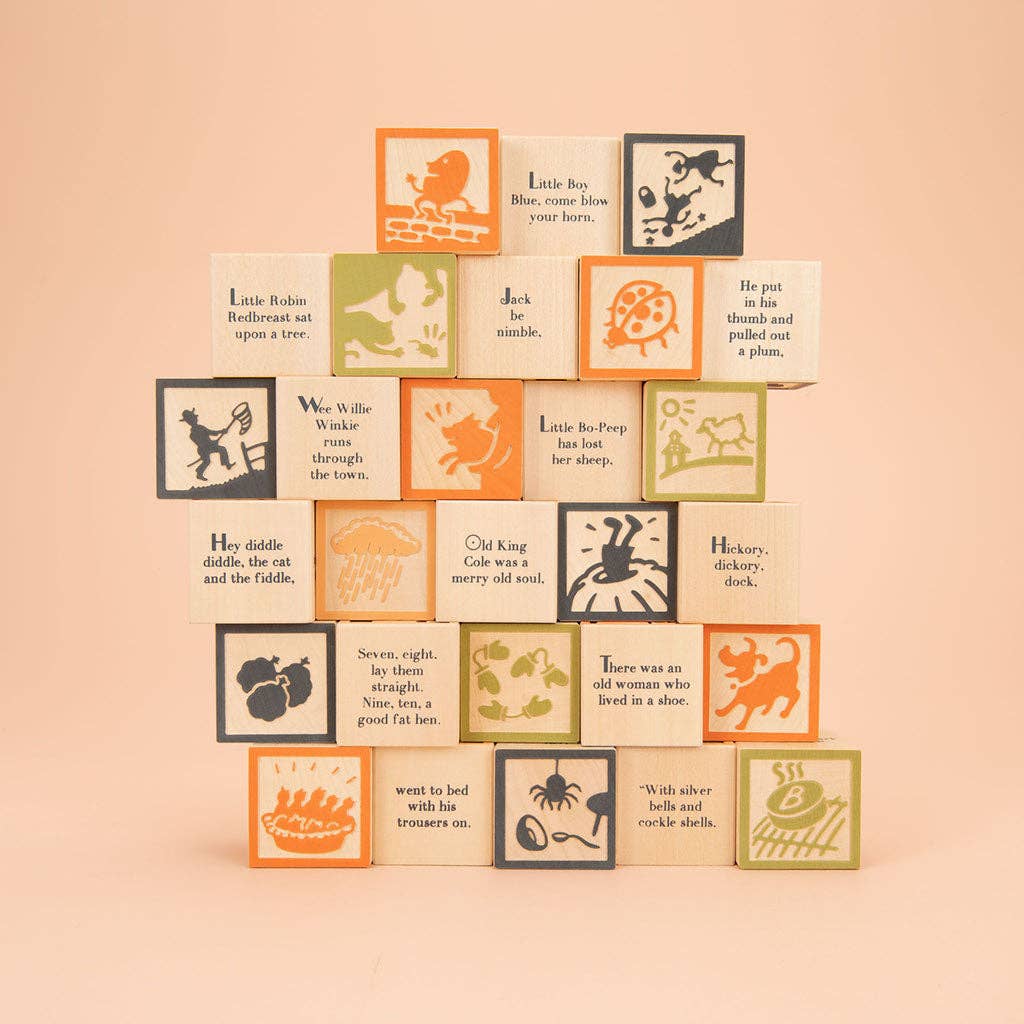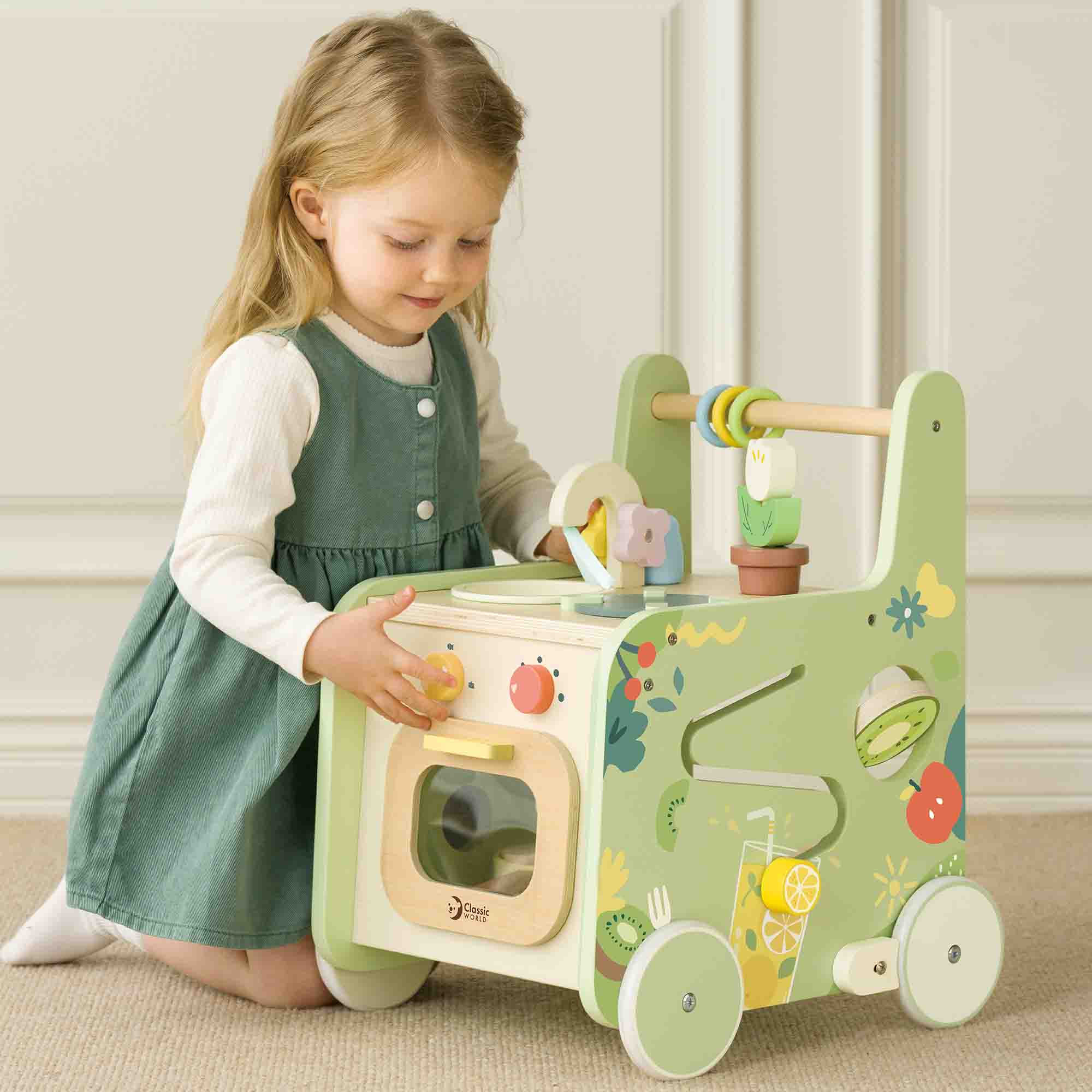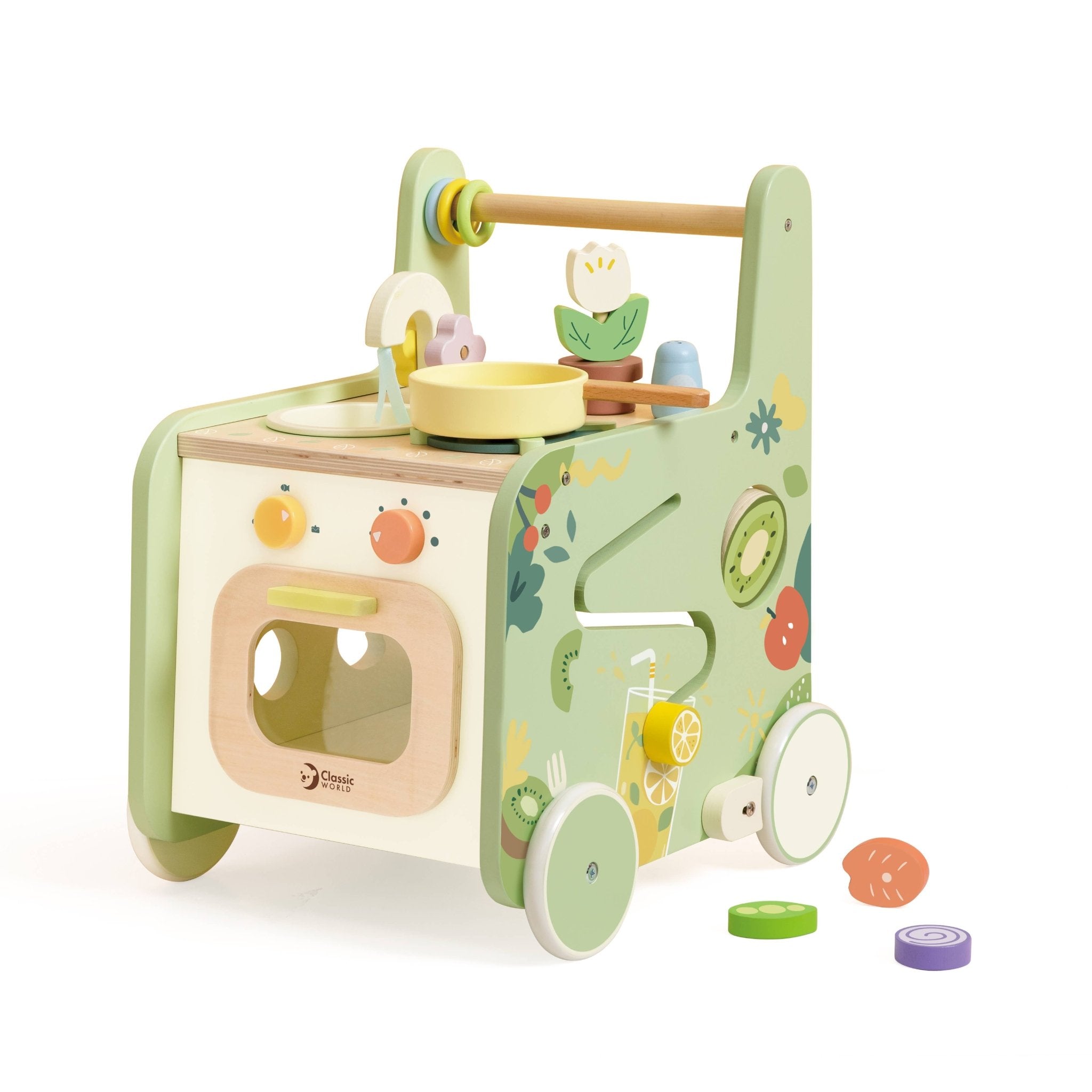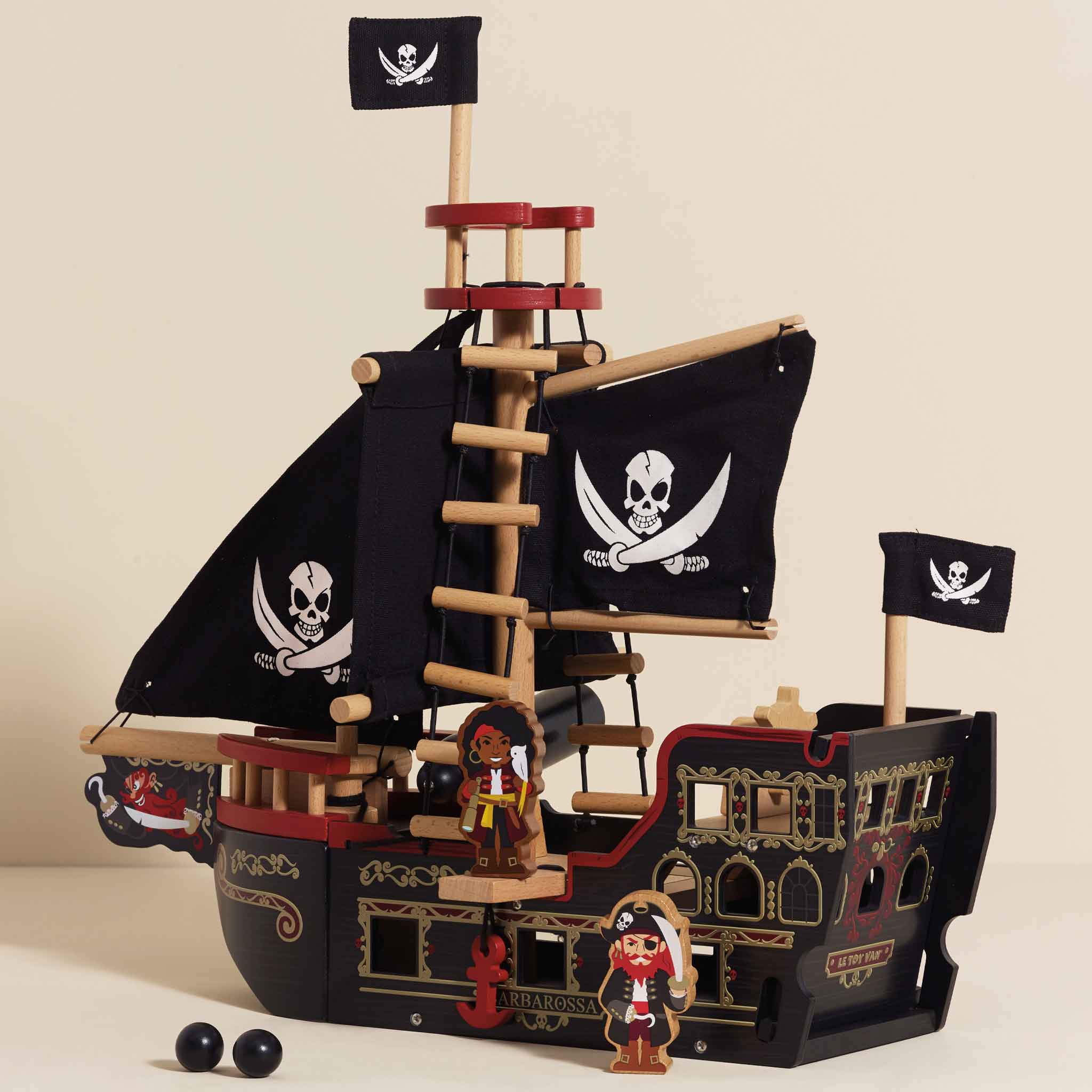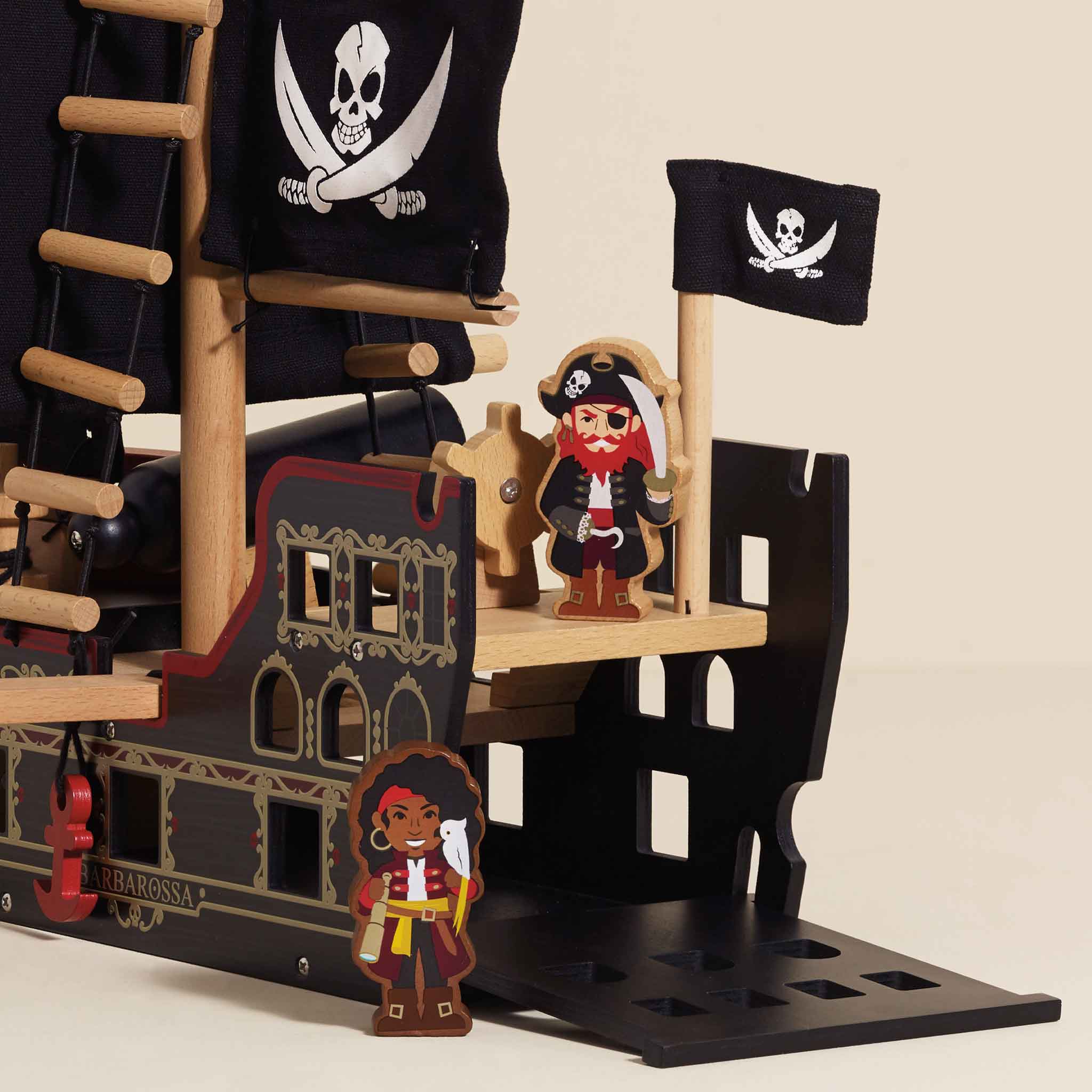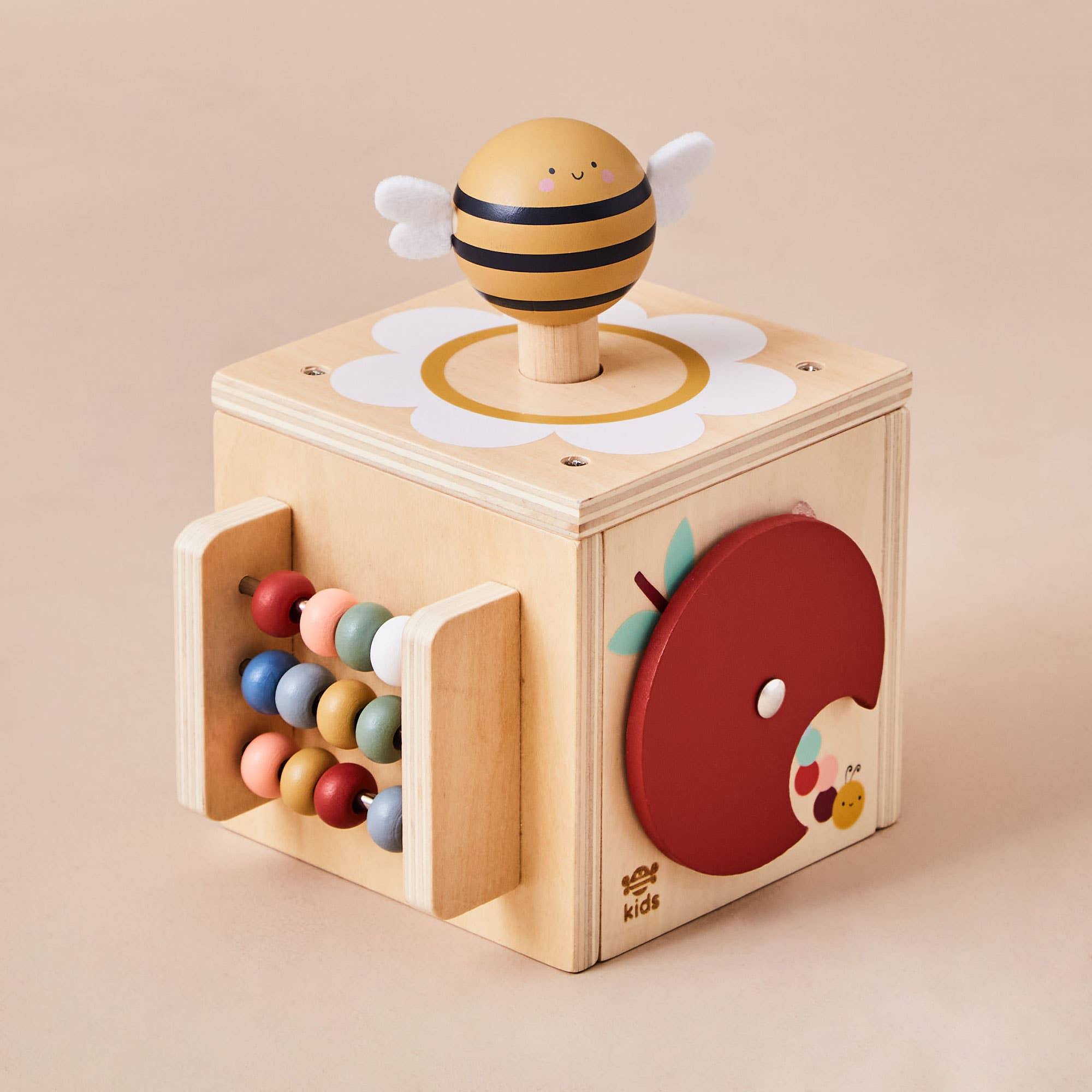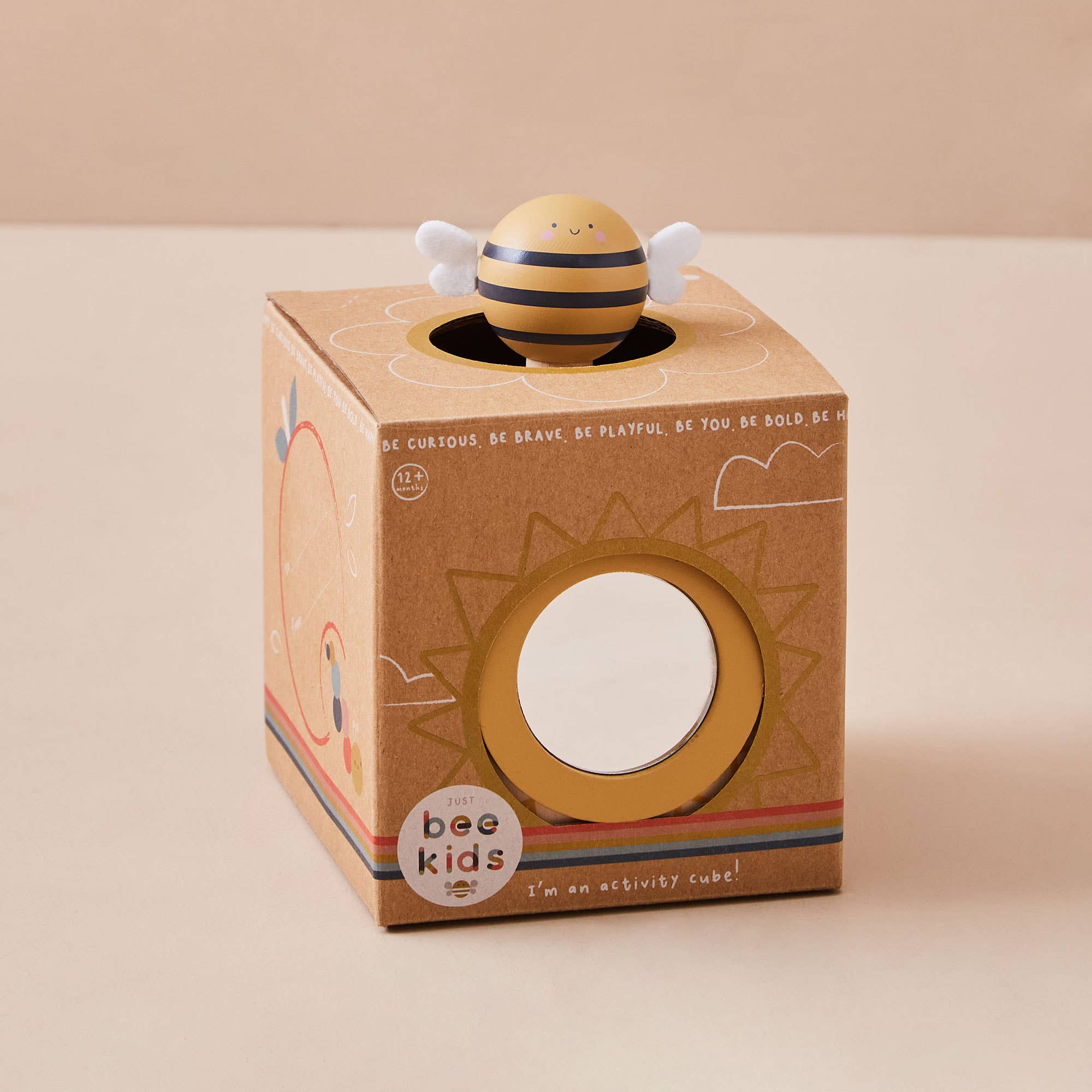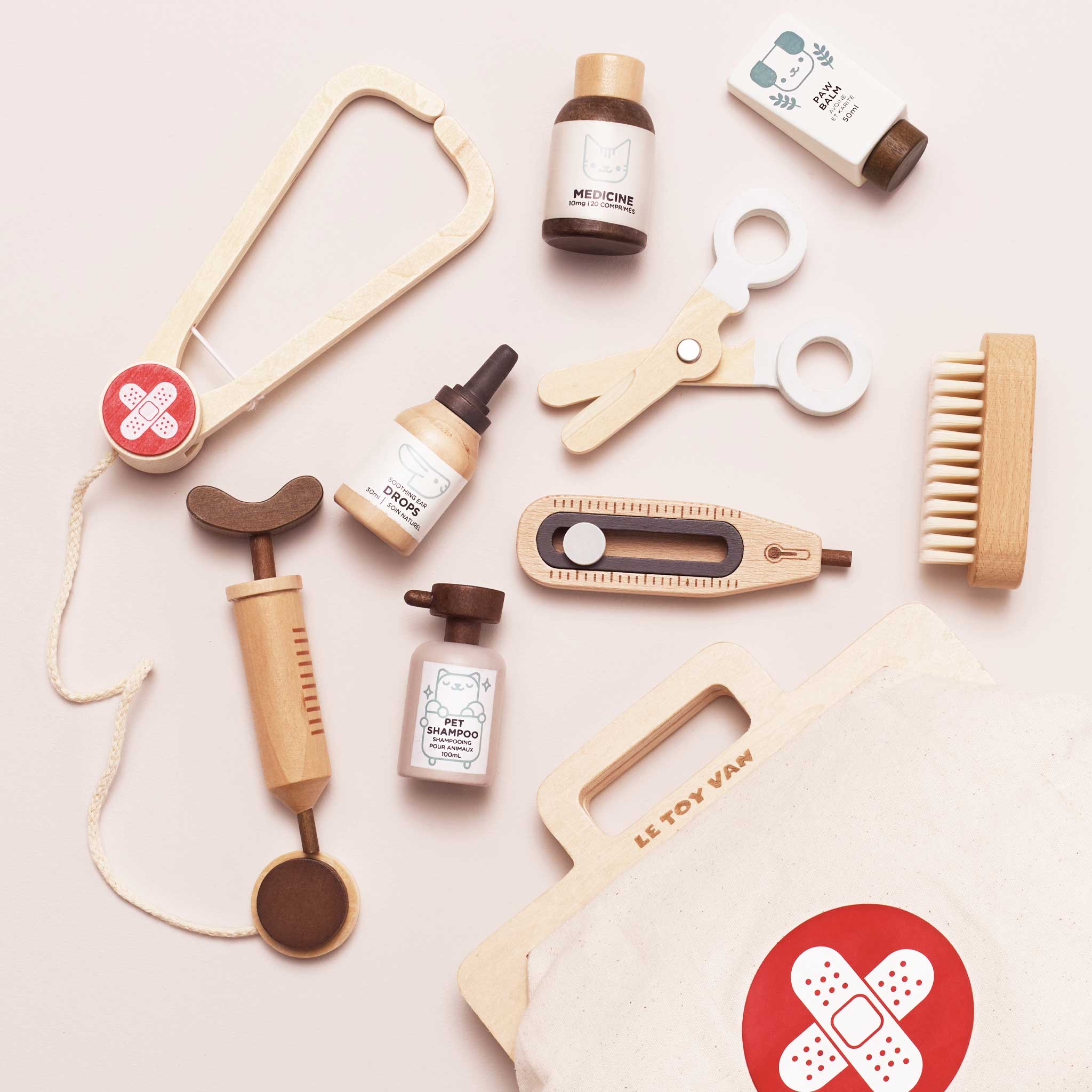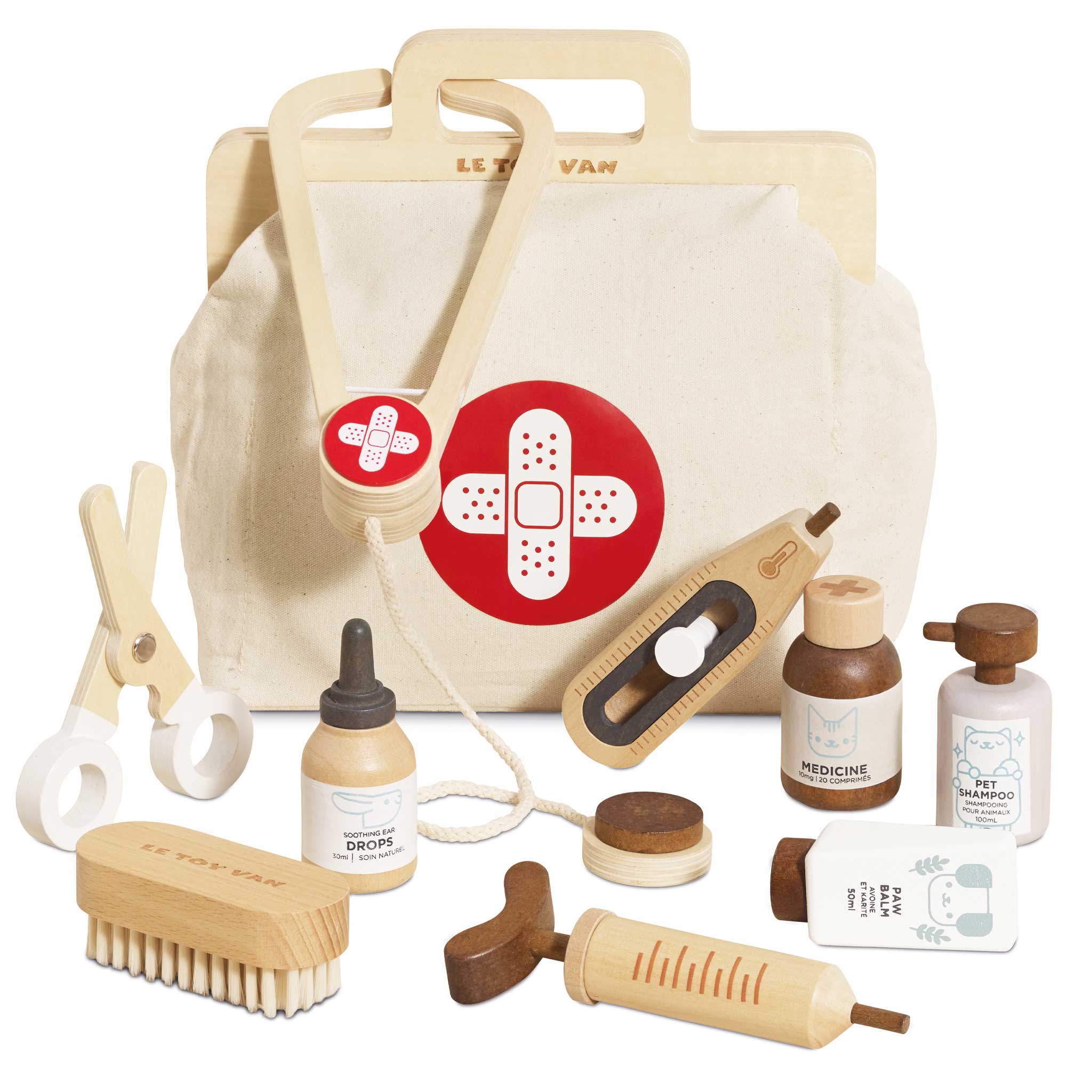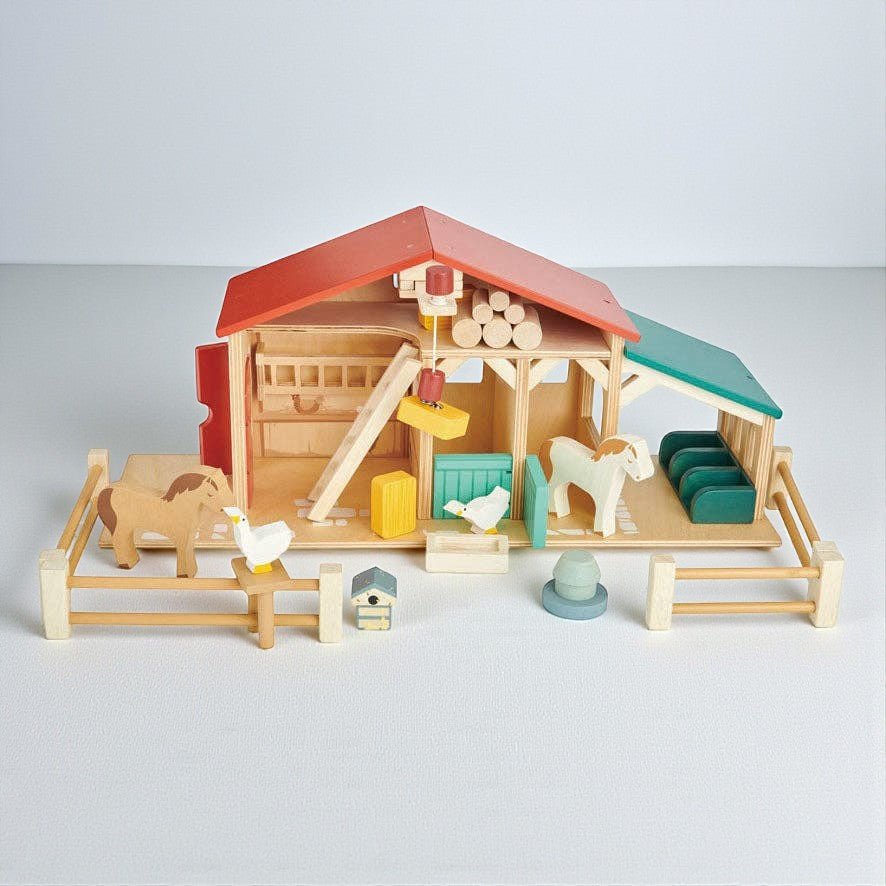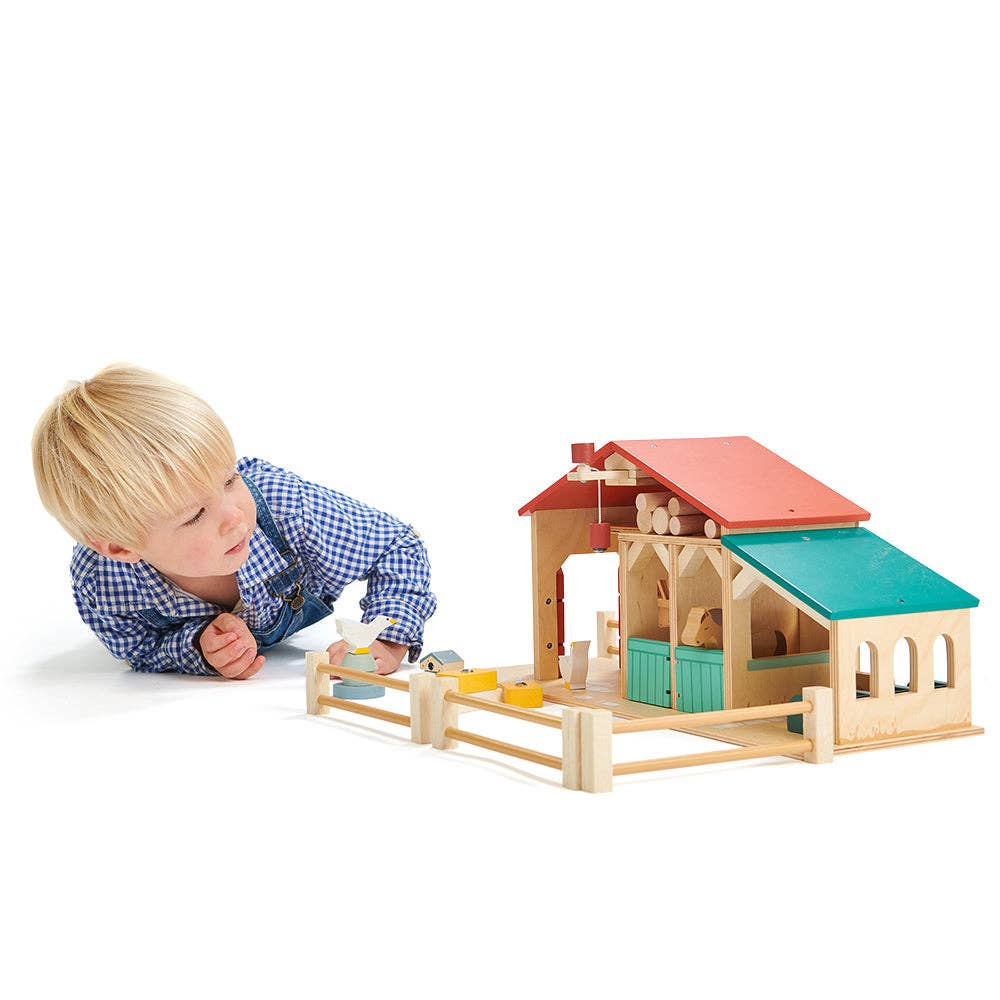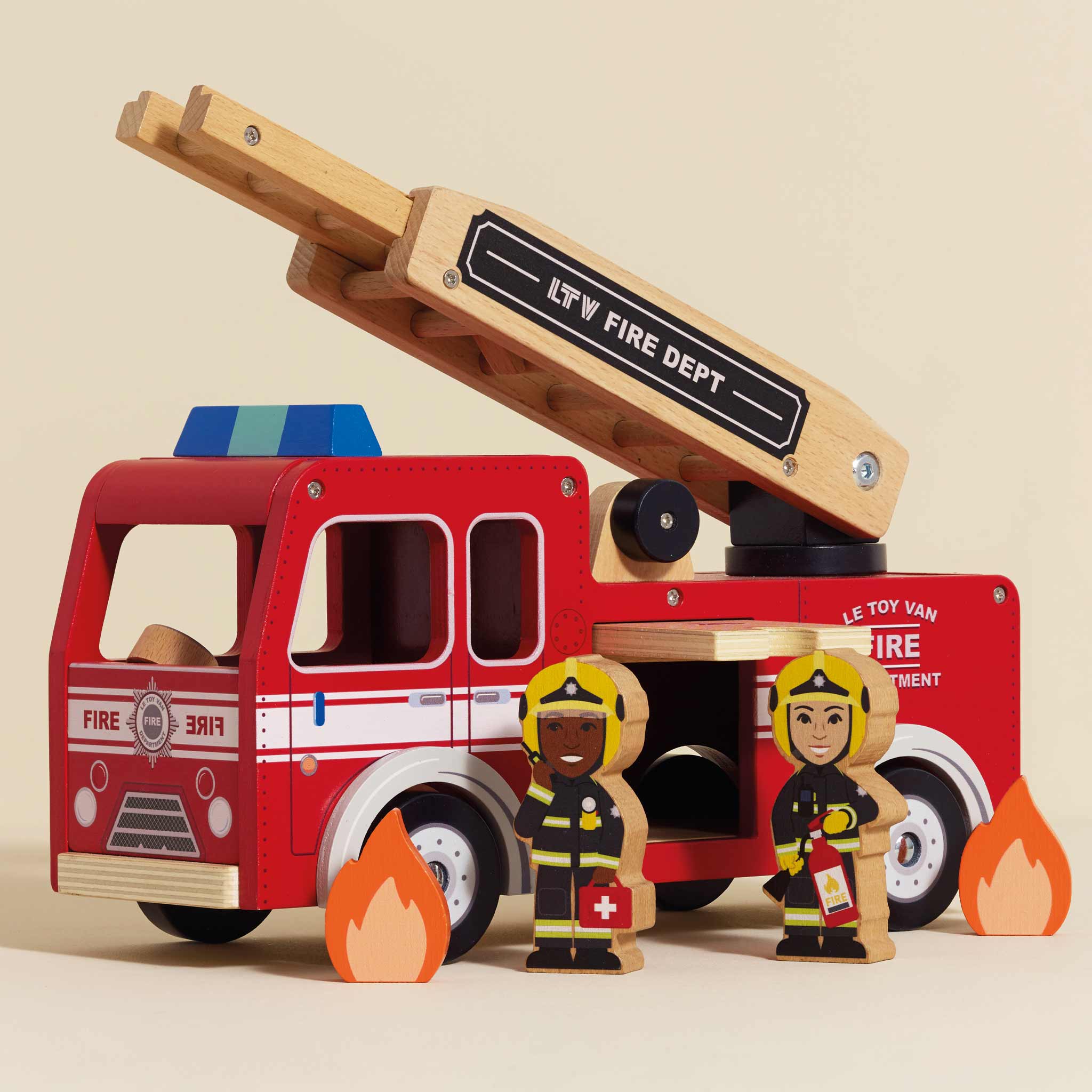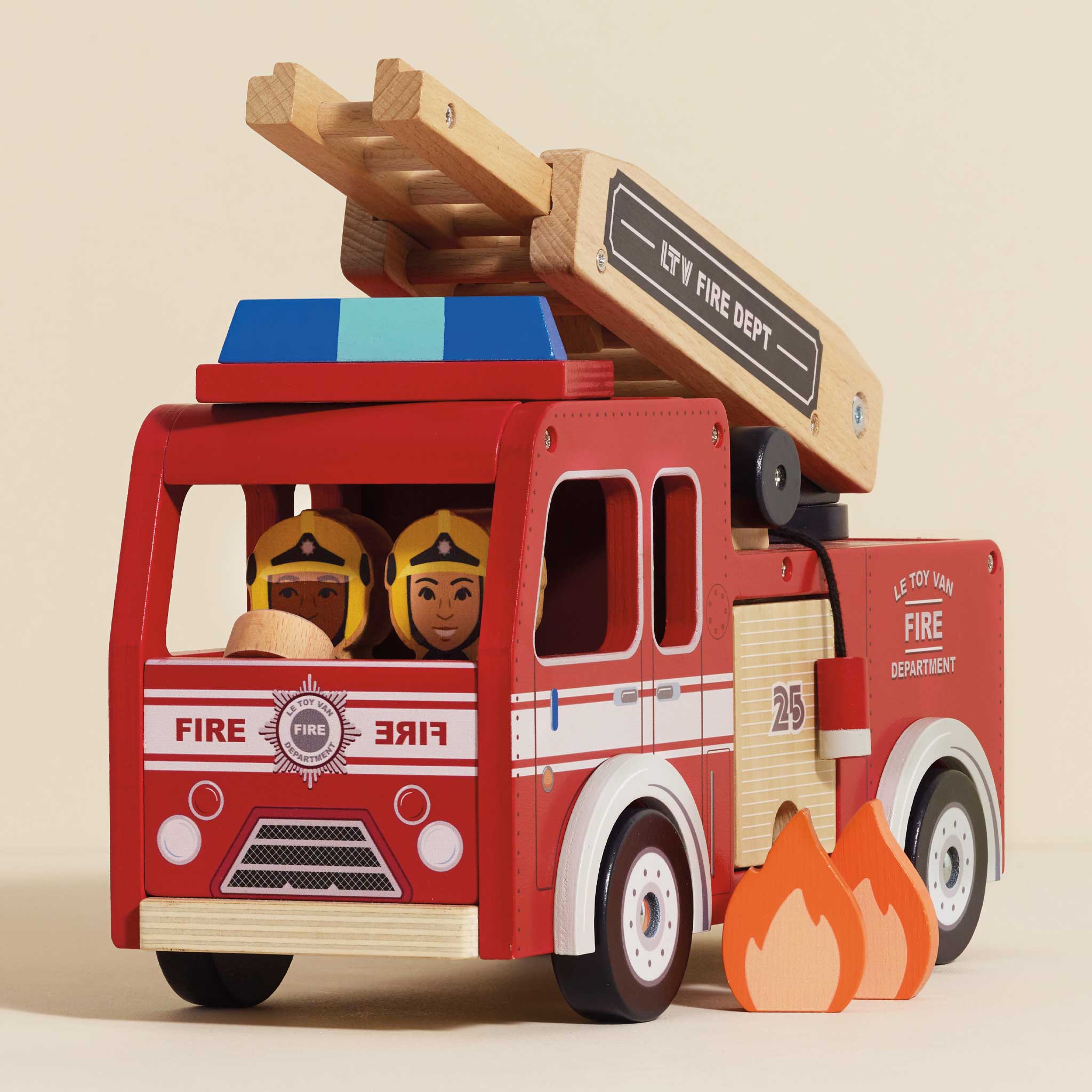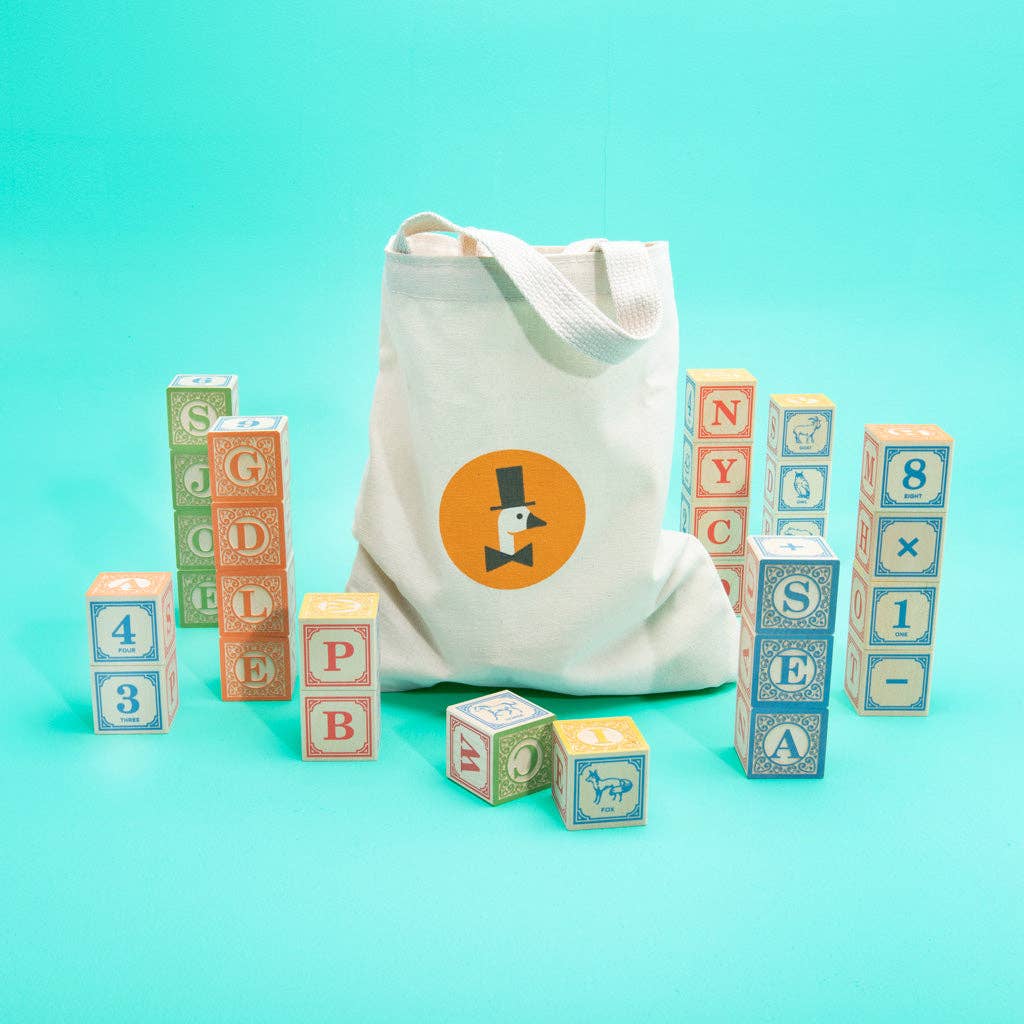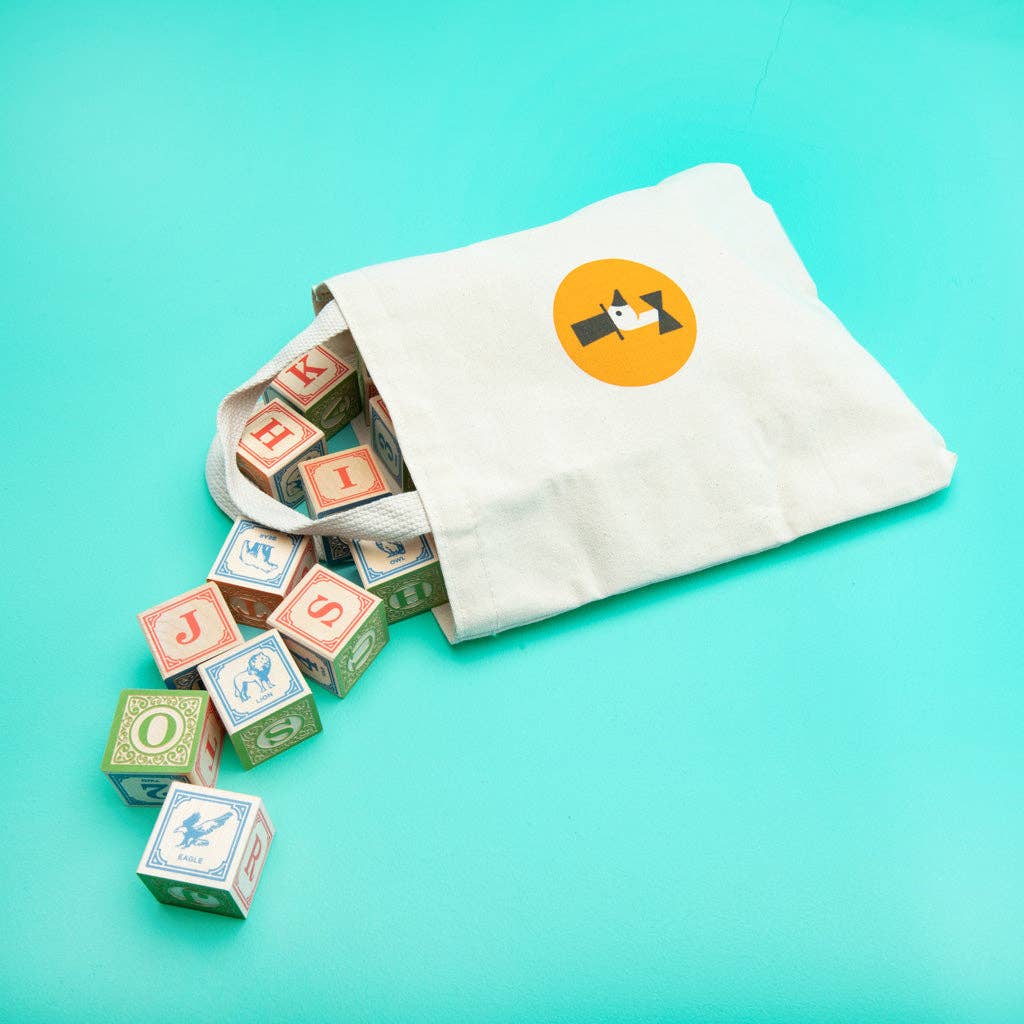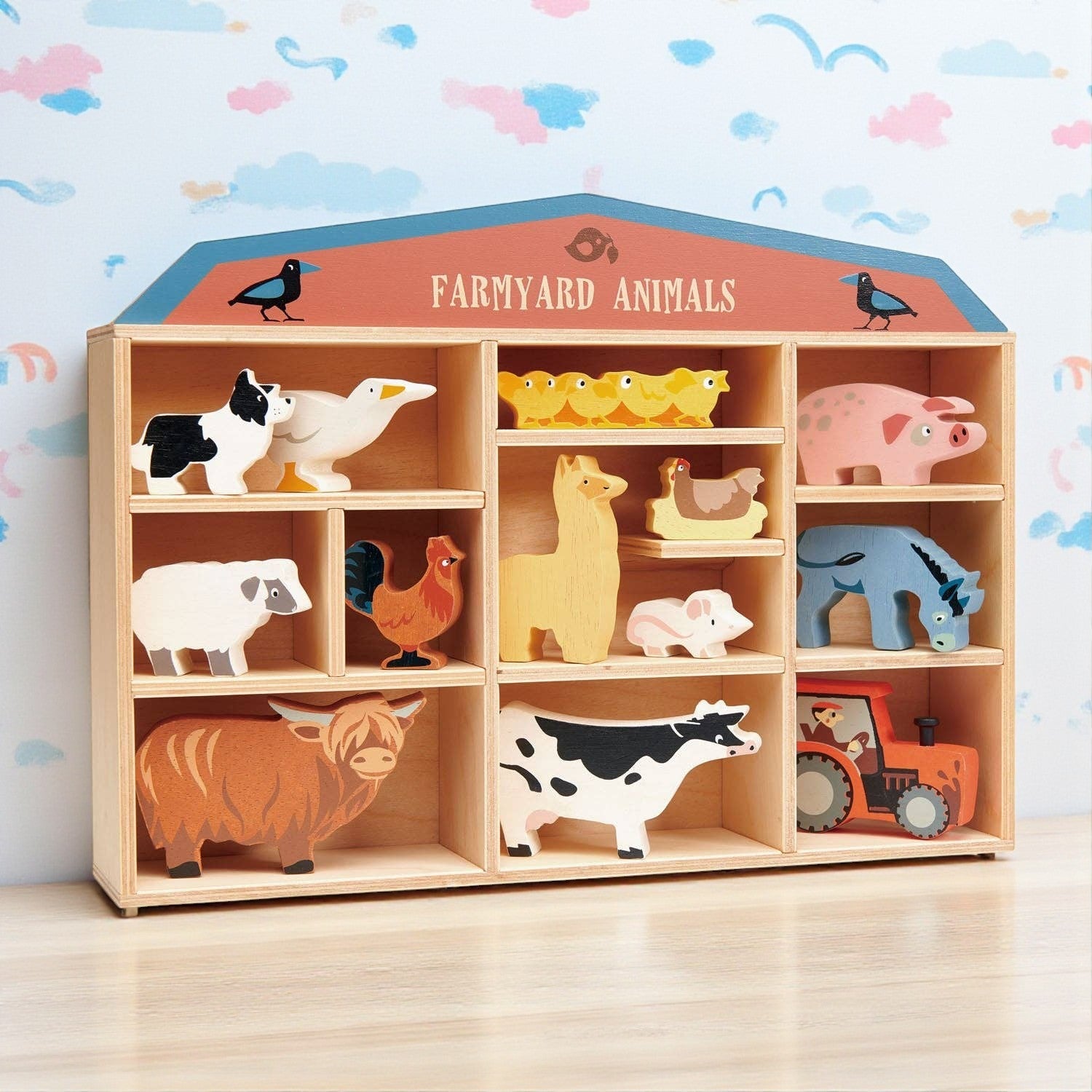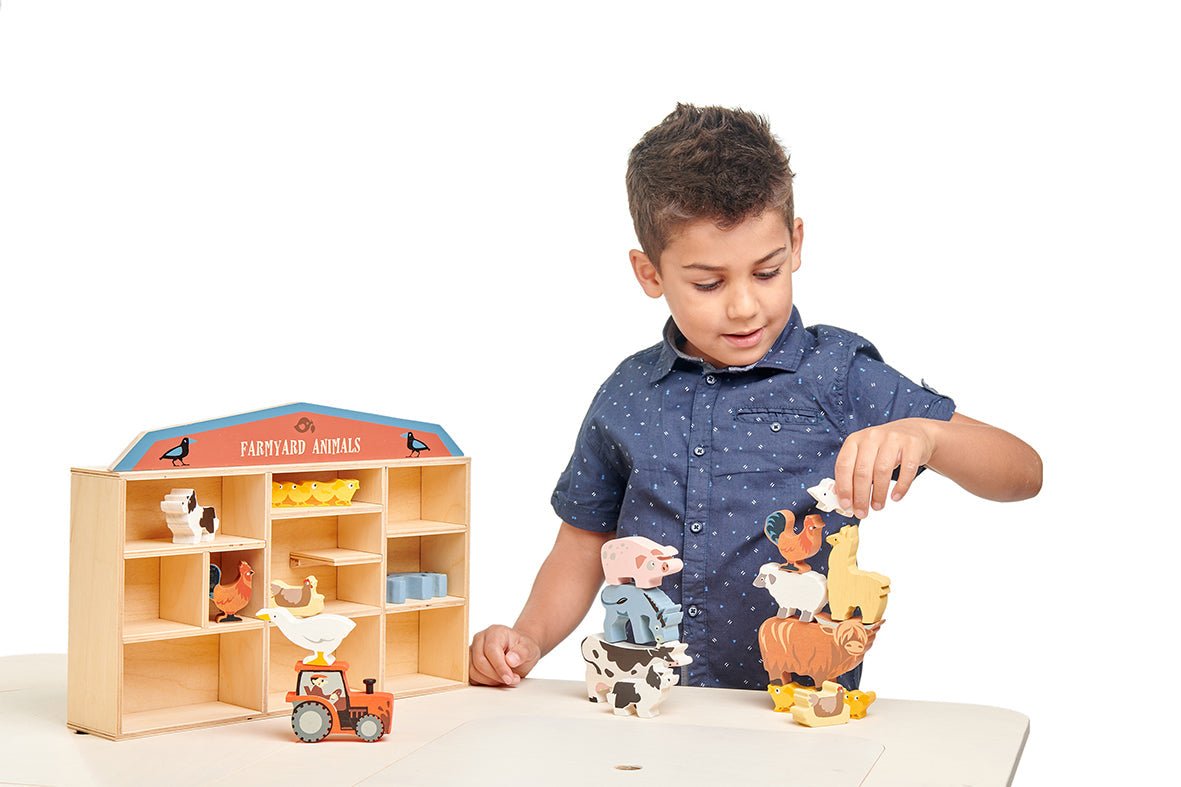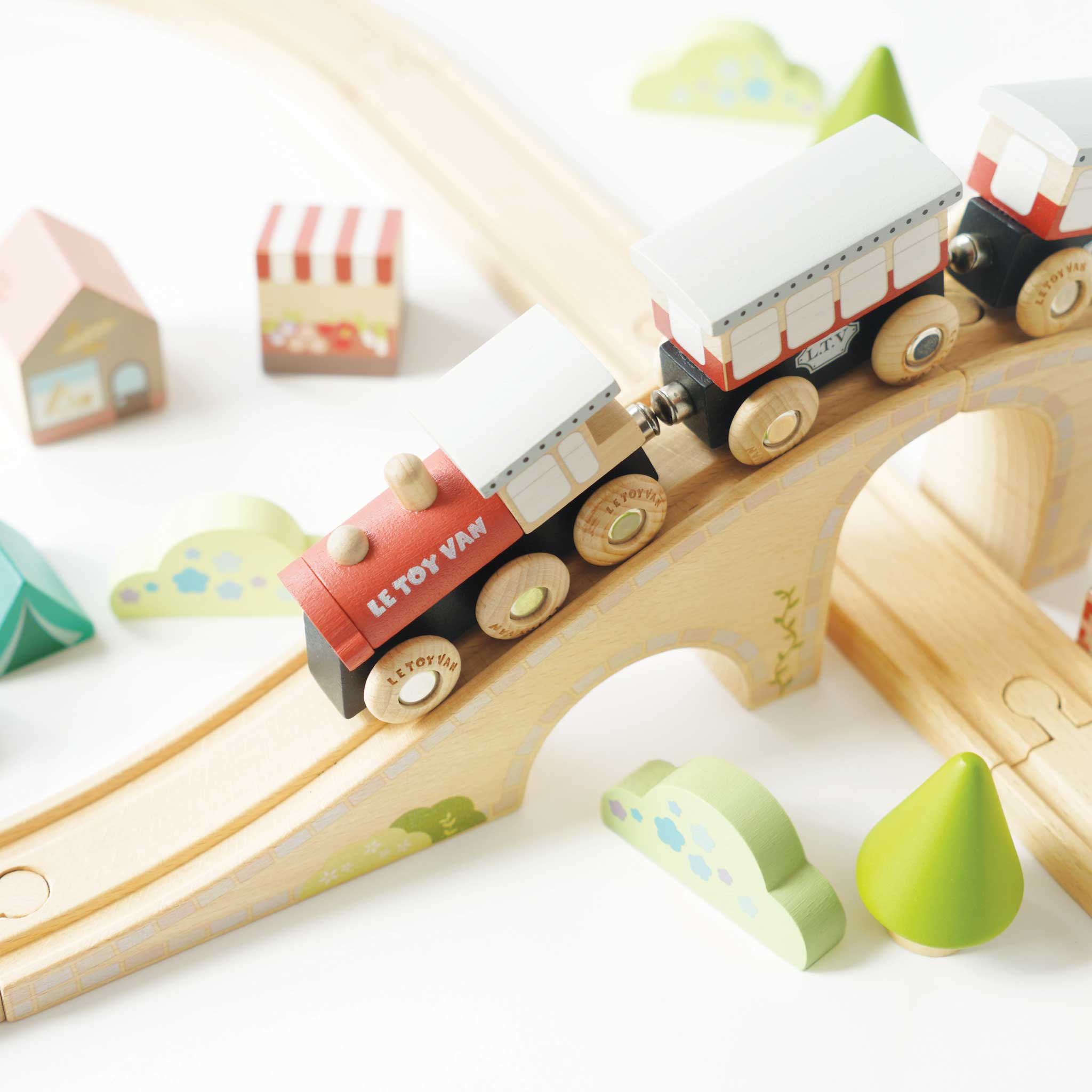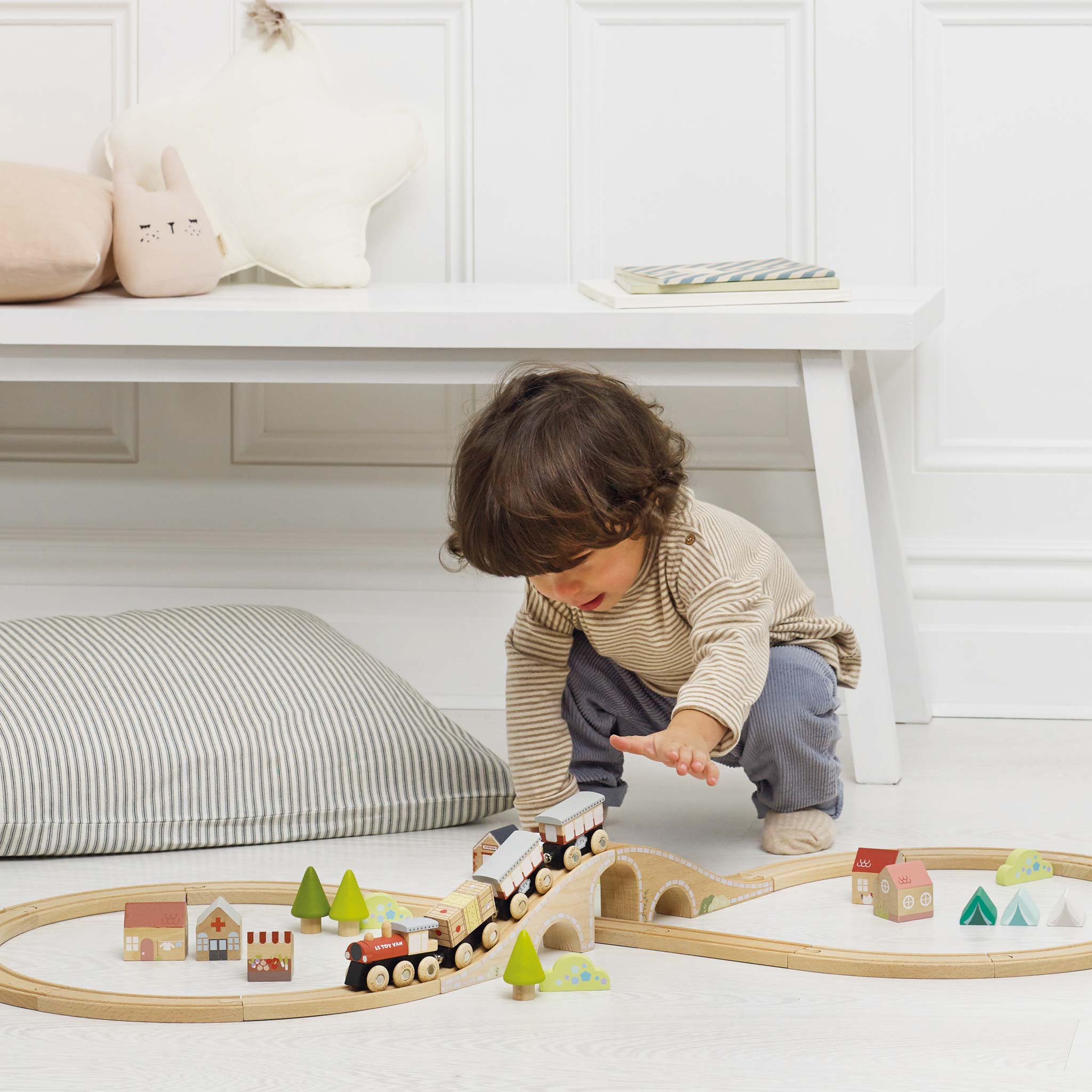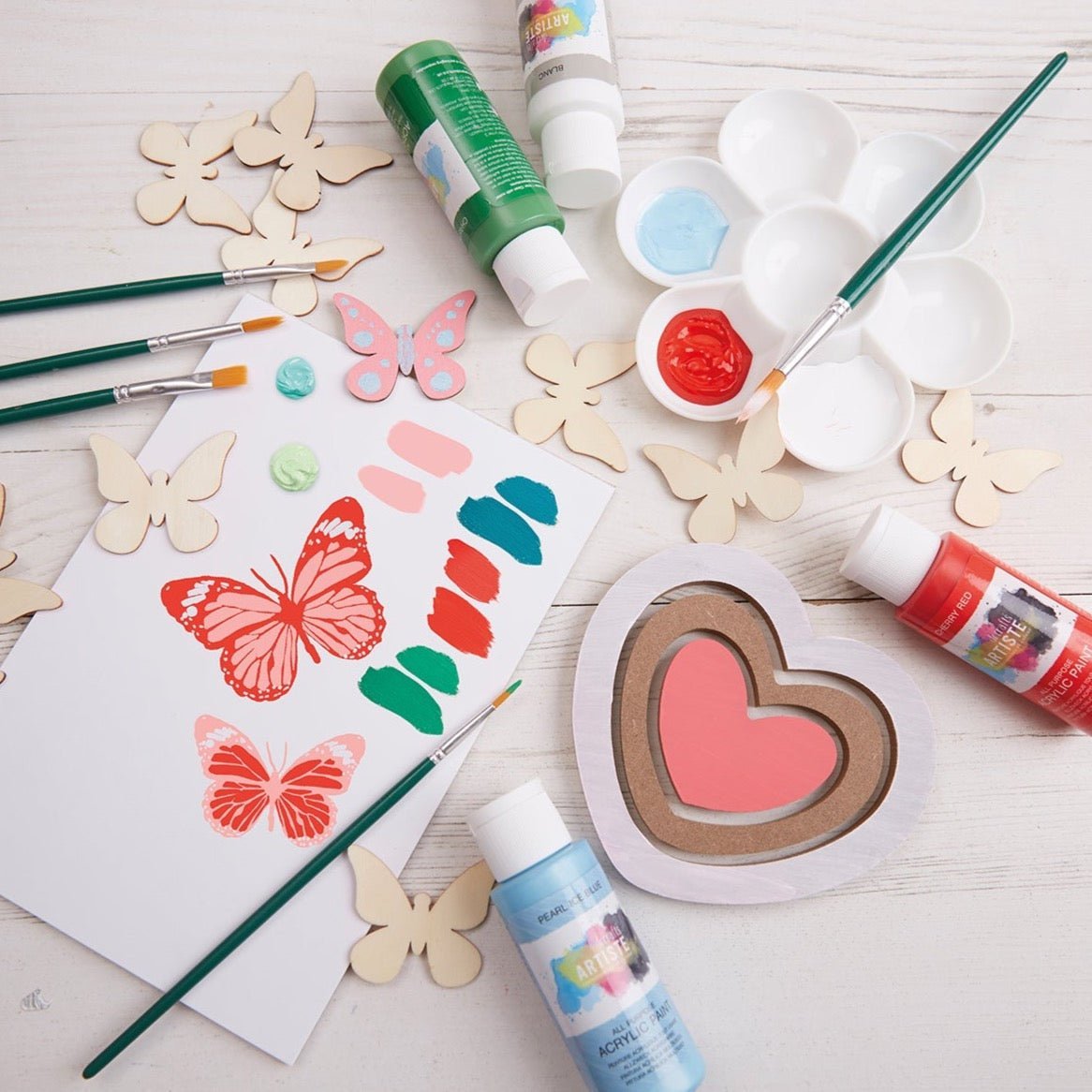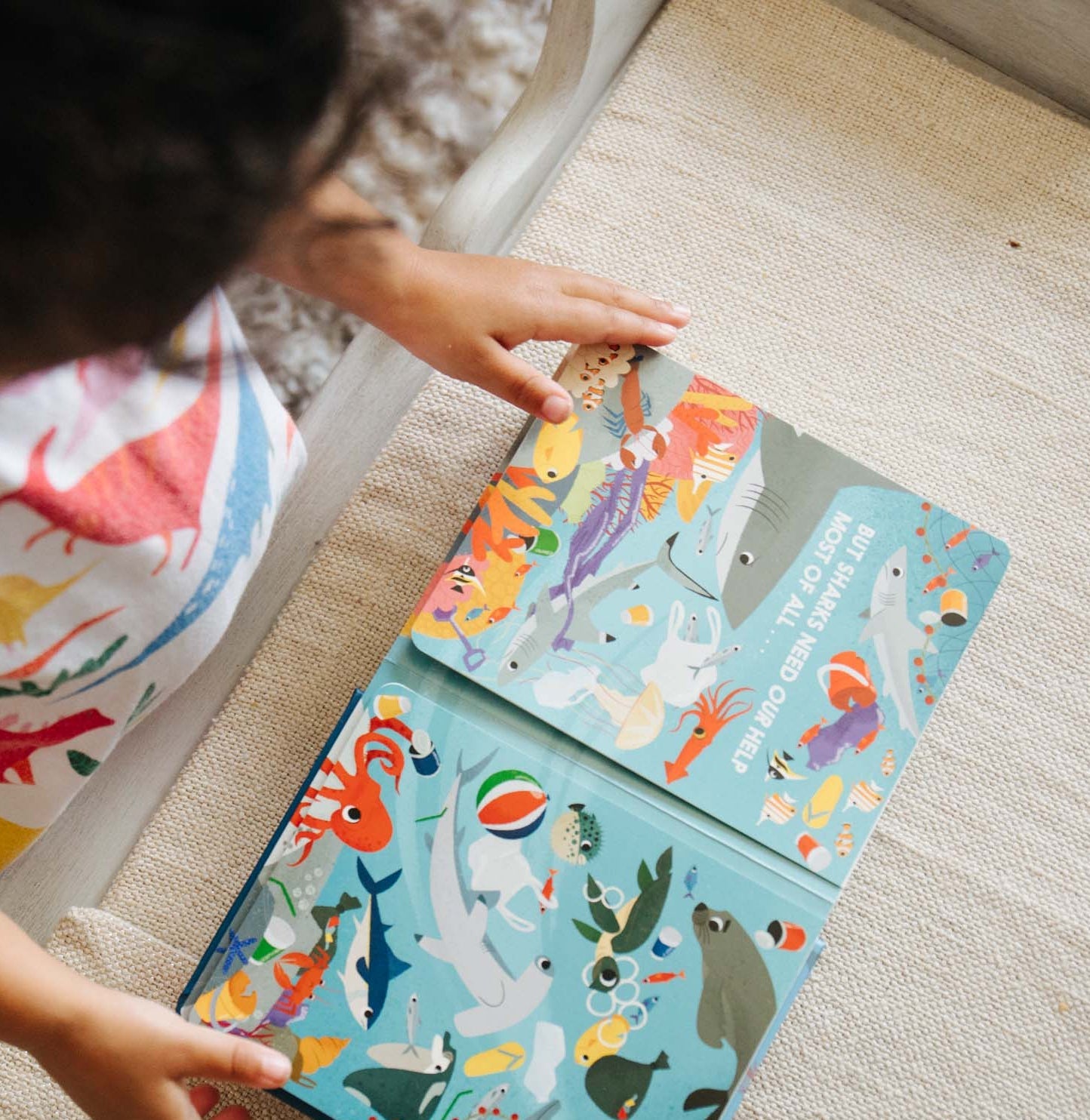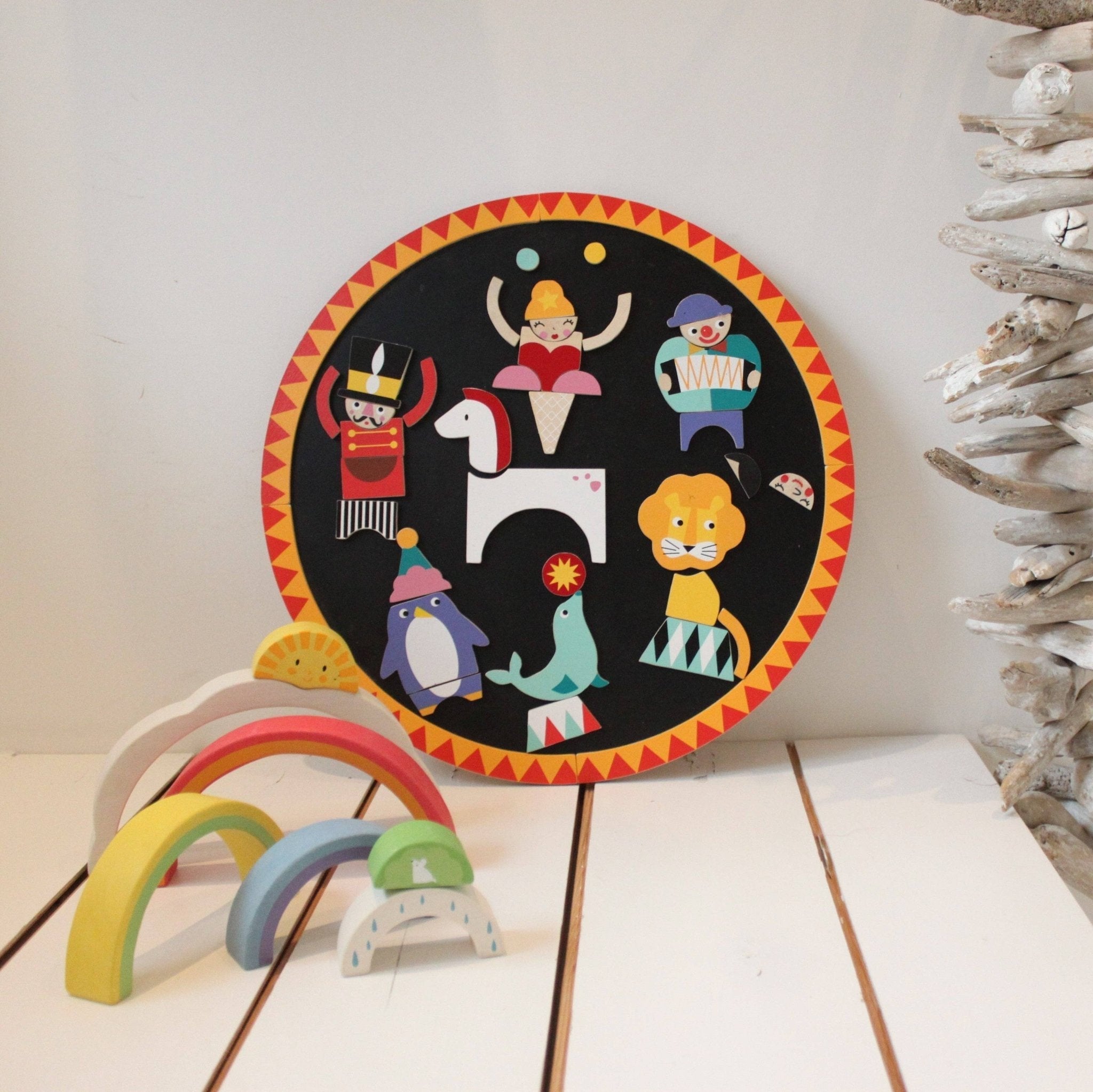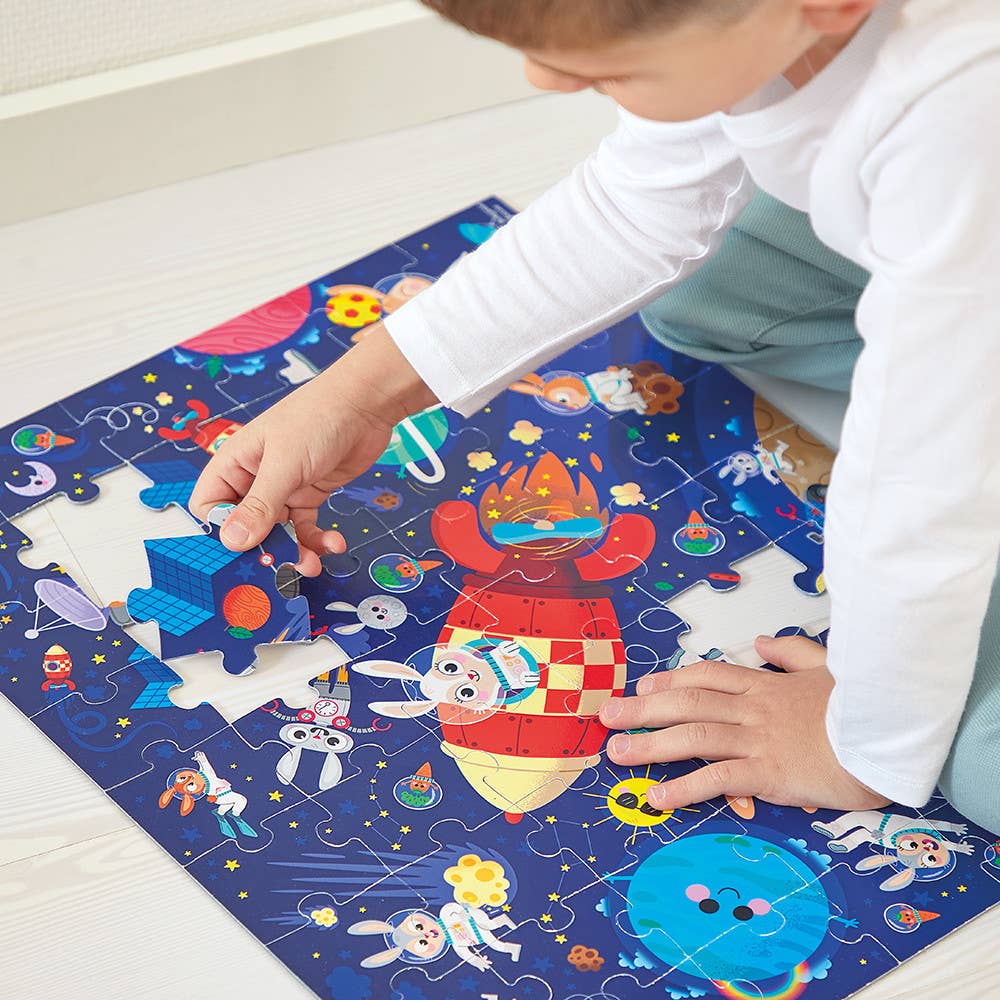Some children build towers. Others tell stories. Some need to move, others love to sit quietly and create. All of it matters.
Watch a child play for even a few minutes and you'll notice something: they have their own way of engaging with the world. Some children immediately transform a simple box into a spaceship. Others line up their toys with careful precision. Some children lose themselves in drawing, whilst others need to run, jump, and build with their whole bodies.
These aren't phases to grow out of or preferences to correct – they're natural inclinations that reveal how a child makes sense of the world around them. And when you choose gifts that honour these inclinations, something lovely happens. The toy doesn't sit abandoned after a few days. It becomes part of their world, returned to again and again.
Most children enjoy different types of play at different times. But paying attention to what they gravitate towards most often – what makes them lose track of time, what they return to day after day – offers the best guidance for choosing gifts they'll genuinely treasure.
Open-Ended Play
A wooden block. Simple, unassuming. Watch a child pick it up. It becomes a phone. Then a car. A moment later, it's a bridge to somewhere magical. This is open-ended play – where children transform simple objects into endless possibilities, limited only by imagination.
Uncle Goose alphabet blocks work exactly this way. They're lovingly embossed with letters and charming hand-illustrated animals, crafted from sustainable basswood by craftspeople in Michigan who've been making blocks since 1983. But here's what matters most: they can be anything. Towers that reach precariously high. Words spelled out with fierce concentration. Roads for tiny cars. Walls protecting imaginary kingdoms. These blocks develop character through use – becoming more precious rather than wearing out their welcome. The sort of toy that lasts generations, gathering stories along the way.
Or consider something as unexpected as marbles. Fifty-nine of them in vibrant pinks, purples and gold, individually selected by French makers Manu and Claire. Children sort them by colour. Create elaborate patterns. Invent counting games. Use them as treasure, as jewels, as planets in a miniature solar system. The hidden anamorphic butterfly design in the box bottom – flying butterflies that appear like magic when opened at just the right angle – adds another layer of delight. Even the packaging invites wonder.

Collaborative Play
The best childhood memories often happen around a table. Siblings negotiating rules. Cousins working toward a shared goal. That special satisfaction when everyone succeeds together.
Board games create these moments naturally. Jean-Michel Basquiat Ludo transforms a familiar classic into something visually striking – his iconic artwork turning a simple race game into a conversation piece that spans generations. Grandparents who remember the original game play alongside grandchildren discovering it fresh. The art matters here. It elevates the experience, makes the game feel special enough to bring out again and again.
Interactive books work beautifully for collaborative play too, particularly the Press Here Game. Reading becomes active participation – everyone pressing dots, shaking the book, tilting it this way and that. The laughter that erupts when the dots "move" is genuine, shared, completely joyful.
Hands-On Making
There's something deeply satisfying about holding proof of what you can accomplish. Not a screenshot. Not something ephemeral. An actual object you created with your own hands.
The Andy Warhol Marilyn paint-by-number kit bridges art and meditation beautifully. The numbered sections provide structure – no intimidating blank canvas, just clear guidance about where each colour belongs. But the act of painting remains entirely theirs. Brush in hand, mixing colours, watching an icon emerge stroke by stroke. Children learn patience here. They discover how methodical work produces something genuinely impressive. And when they're finished, they have Warhol's Marilyn on their wall – created by their own careful attention.
3D sculpture puzzles reveal engineering through simple folds and connections. Flat cardboard becomes a dimensional pirate ship. No glue, no scissors – just clever design and small hands figuring out how pieces fit together. The satisfaction when it finally stands on its own is visible. They made this. They transformed something flat into something real.
Visual Learning
Some children simply absorb the world through what they see. Patterns speak to them. Colours teach them. Beautiful illustration isn't decoration – it's how they understand.
Geography becomes an afternoon project with discovery sticker posters. Each sticker placement builds knowledge naturally – no drilling facts, just the absorbing work of creating something beautiful whilst world landmarks find their places. Learning through looking, through doing, through making patterns emerge.
Our Galaxy understands this perfectly. Award-winning artist Lisk Feng's luminous illustrations make space feel approachable rather than overwhelming. The book itself performs a small miracle – it opens and folds back into a circular globe, fastened by hidden magnetic closure. From flat pages to three-dimensional cosmos. Children can hold the universe in their hands, quite literally, whilst gentle rhyming verse carries them from familiar moon to distant Milky Way. Oprah selected it as one of her Favorite Things 2024, and it's easy to see why. It's both storybook and discovery tool, beautiful enough to leave out, sturdy enough for repeated handling.

Our Galaxy – Phaidon Press
Imaginative Play
Watch a three-year-old with a kitchen walker. Those first wobbly steps aren't just about walking. They're journeys. To imaginary restaurants. To elaborate family feasts. To wherever the story takes them.
This particular walker does something clever – it supports those precious first steps whilst simultaneously offering a portable kitchen complete with sink, stove, and cooking utensils. There's a shape sorter on one side, an engaging maze on the other. It grows with them. Walking aid becomes cooking station becomes theatre for countless culinary dramas. One piece of furniture, multiple chapters of play.
The Le Toy Van pirate ship hosts high seas adventures one afternoon, transforms into a rescue boat the next. Same beautifully crafted wooden toy, completely different stories. Enough realistic detail to anchor pretend play, but not so prescriptive that it limits where imagination can go. The ship suggests possibilities. Children provide the rest.

Barbarossa Pirate Ship – Le Toy Van
Choosing gifts that reflect how children play
Understanding play styles isn't about putting children in boxes or limiting what they explore. Most children will enjoy elements of all these styles at different times and in different moods. But paying attention to what they gravitate towards most often – what makes them lose track of time, what they return to day after day – offers genuine guidance for choosing gifts that resonate.
The most meaningful gifts aren't necessarily the most expensive or elaborate. A child who lives for imaginative scenarios will treasure a simple wooden playset far more than the latest electronic gadget. A visual learner will return again and again to a beautifully illustrated reference book. The child who loves making things will find more satisfaction in a quality craft kit than in passive entertainment.
Watch how a child plays. Notice what captures their attention, what they do when given free choice, what makes their eyes light up. That's your best guide – better than any trend, better than what worked for another child, better than what seems most educational or impressive.
Choose accordingly, and you'll give gifts that don't just entertain briefly but become genuine companions – tools for growth, creativity, and that simple, irreplaceable joy of play.



